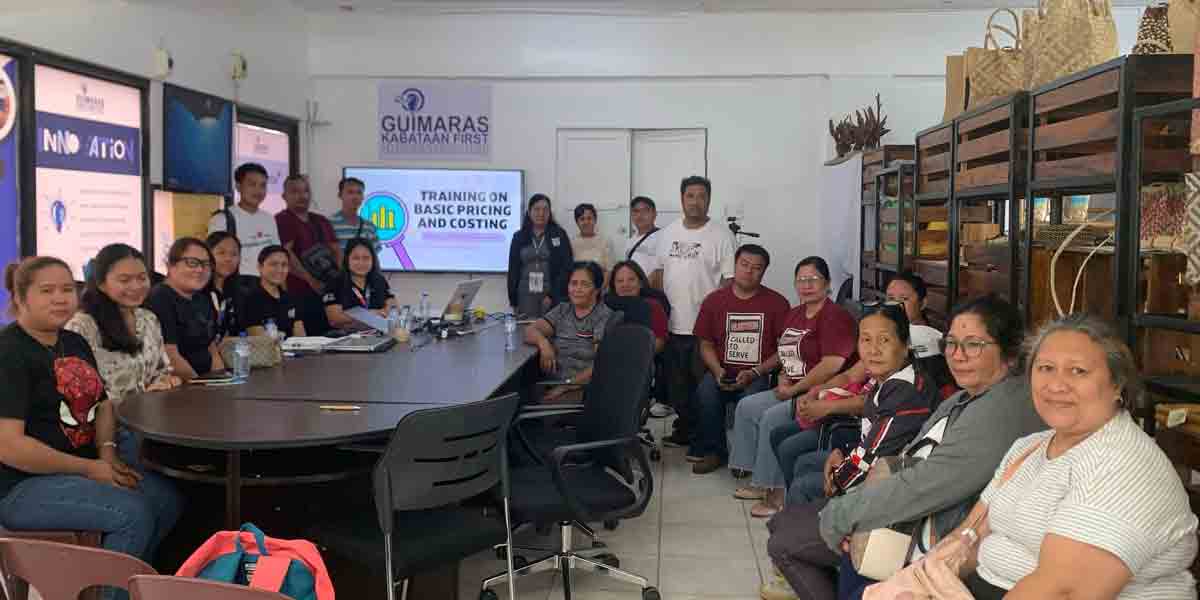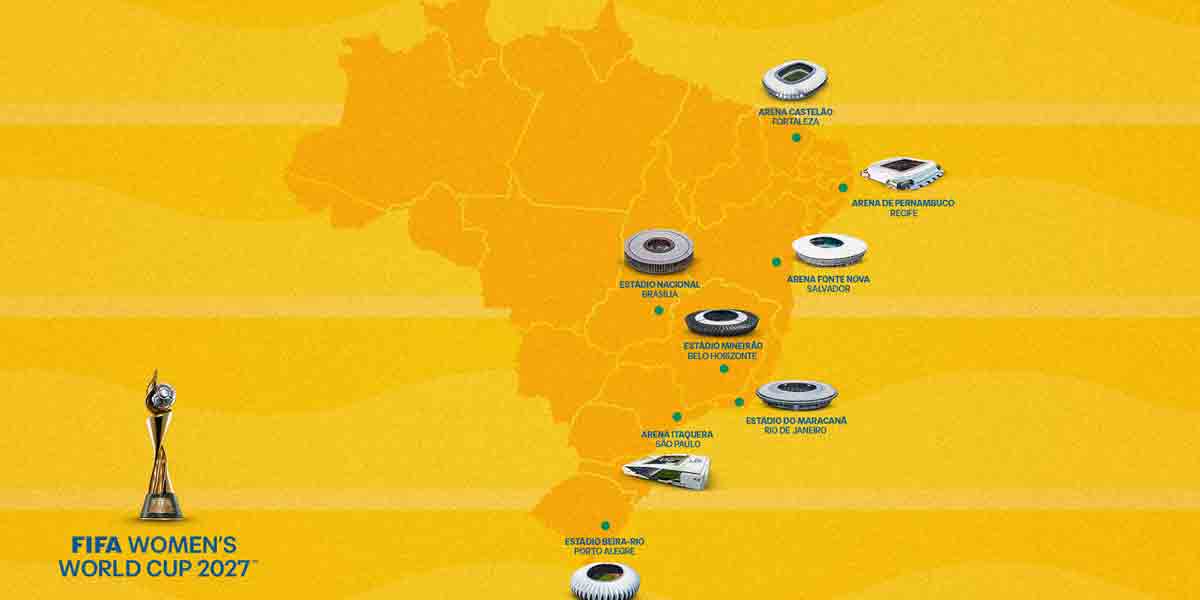By Herman M. Lagon
With stops in Hiroshima and Tokyo, my recent trip to Japan provided a fascinating window into a civilization that skillfully combines the old with the ultramodern in ways that are as inspirational as they are humbling.
As soon as I got off the airport, I noticed how precisely and orderly every element of Japanese life appeared to be. From the little but significant details—like how individuals leave their possessions unattended at a café without fear of robbery or how lost objects, from wallets to bags, are virtually always returned to their owners—honesty is not simply a principle; it’s a way of life. This natural confidence in one another is a welcome change from the sometimes jaded perspective that might rule other communities.
The bike culture was one of the first things I noticed as I toured the same megacities for the third time in the last five years. Riding all ages and parked with a care that reflects a great respect for public and private property, bicycles abound. The infrastructure also supports this; bike lanes are carefully incorporated into the cityscape with buildings seem built to resist even the harshest weather—from typhoons to landslides, earthquakes to floods. These lanes are a necessary component of the transportation system and evidence of Japan’s wisdom in urban planning since they let people easily and quickly negotiate the busy streets.
The Japanese pedestrian experience is something entirely different. Walking anywhere in Tokyo and the center of Hiroshima, where life is famously fast, people move in a synchronized ballet at the middle of the crossings under the direction of a traffic system that is both quite courteous of the foot traffic and highly effective. With perfectly timed signals that guarantee everyone—on foot, bike, or in a car—moves fluidly across these megacities—crossing the street is virtually an art form. Japan’s public transportation reflects this respect for time and timing; it is accurate and seems almost mechanical. Rarely do trains and buses come and leave precisely as planned. Hence, I was astounded at the degree of discipline and organization needed to preserve such a system.
This effectiveness permeates almost every element of daily existence. From self-service businesses where consumers may digitally pay and wrap their products without involving a cashier to the nearly universal availability of drinkable water, which is both a convenience and a miracle of public health management, digital solutions abound. Even a simple bathroom visit can become a memorable experience, where the meticulous design, varied kinds of digital flushes, and spotless tidiness of the facilities are enhanced by the charming signs that guide you there.
As I strolled through Hiroshima’s streets, I saw how no one spat or littered on the ground—a minor but telling indication of the general regard for public areas. Although most nooks and crannies lack garbage cans, the streets, parks, and rivers are clean. This is a remarkable feature of Japanese society, where people are required to carry their rubbish with them until they locate a suitable spot to dispose of it, therefore fostering a feeling of personal responsibility for preserving public sanitation.
From landscaping to drainage systems, public buildings are designed to last with an eye toward both utility and appearance. It’s not only about surviving the elements; it’s about creating places that improve the urban surroundings where every aspect—down to the location of a bench or the layout of a bike lane—is considered. This attitude is reflected even in practically always present vending machines. Providing everything from hot meals to beverages, these appliances represent convenience in a society that prizes effectiveness above all else. When unsure where to locate one, a fast Google Maps search will surely bring you to a nearby 7-11 or Lawson, another convenience icon of Japan, where these businesses are as frequent as street junctions.
Even with all these advantages, Japan still struggles in several areas nonetheless. From the business world to daily contacts, the residual consequences of a patriarchal society are clear-cut in minute forms. Even if progress is being made, there is still a feeling that conventional gender norms are well-rooted and influence everything, including social expectations and professional relationships. This is seen in the conflict between obligation and empathy when service sometimes seems more like a duty than a sincere will to assist. While this cultural aspect may be challenging for outsiders to fully grasp, it seems that Japan’s otherwise impeccable efficiency occasionally faces its own challenges.
For many guests, myself included, language still presents a challenge. Tokyo is more accessible for English speakers, with menus and signage in English, but in Hiroshima, I mainly depended on translation applications and the friendliness of people to get about. Although this linguistic gap can be intimidating, it also fuels the sense of adventure by pushing one to interact more closely with the culture—even through gestures and smiles instead of words.
One startling feature of Japanese daily life is the abundance of frozen food everywhere, from supermarkets to convenience stores. Although the quality is usually good, it contrasts sharply with the fresh, local food one may find in a nation renowned for its culinary customs. The hot and humid weather during summer makes outside dining or simply walking difficult. It reminds us that even with all the comforts, elements of Japanese living still call for adaptation, especially for those used to milder, more temperate climates.
Although handy, transportation comes with expenses. Although public transportation in Japan is costly, its efficiency and timeliness are well-known. Long-term travel can be expensive depending on the Shinkansen or the local subway since the fares can mount up fast. Still, its ease and dependability make the investment worthy, especially in a nation where time is sometimes more valuable than money. The expense is justified.
As my 10-day journey in early August drew to a close, I reflected on the unique contrasts that define Japan. Here, tradition and modernity coexist in a delicate balance, where the old ways are revered even as the new are embraced. The Japanese live with a quiet dignity, exuding a sense of tranquility and inspiring order. Yet, beneath this polished exterior, there are challenges and complexities that remind us that every society has its own distinct nuances.
My stay in Japan, courtesy of ISUFST, USLS, CHED, SEAMEI-RIHED, and AIMS, turned out to be a study in contrast at the end. This is a country where the little details count and where the structure and order of society foster a sense of peace that is both comforting and, at times, somewhat taxing. However, it also shows the human factor with all of its flaws. Japan presents a complex tapestry of events that make a lasting impact, from the friendliness of a grin from a stranger to the irritation of negotiating a system that isn’t always clear-cut.
As I got on my plane, I immensely appreciated the chance to encounter a culture so unlike my own yet so familiar with its humanity. I am especially appreciative of Japan because it teaches you as much about yourself as it does about its own people.
***
Doc H fondly describes himself as a ”student of and for life” who, like many others, aspires to a life-giving and why-driven world grounded in social justice and the pursuit of happiness. His views do not necessarily reflect those of the institutions he is employed or connected with.
















